Walking to the Cathedral
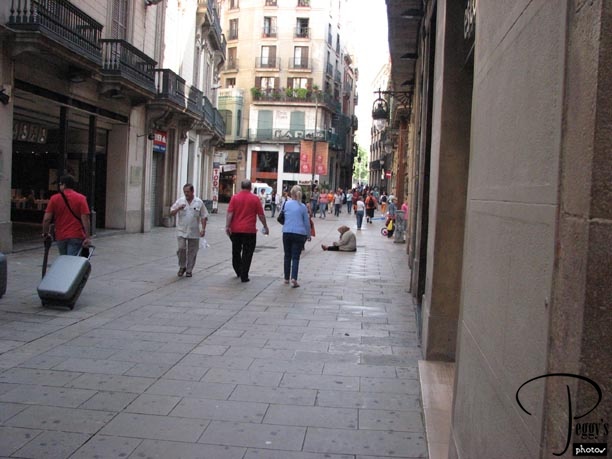
After eating a buffet breakfast at the Hotel Gaudi, Merrie and I took a walk up to the top of Las Ramblas (I’ve already put the photos I took on this walk on a slide show on this website: My Slide Shows, page 10, Las Ramblas). Then we took this side street off Las Ramblas to find the cathedral. That is a gypsy woman begging, sitting down, in the street.

Walking to the Cathedral
Barcelona Cathedral
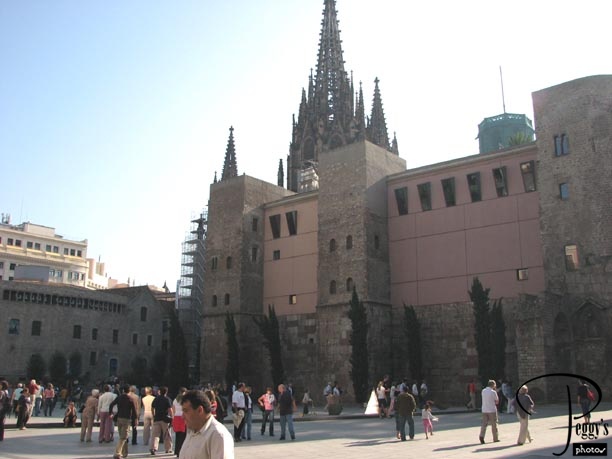
We were here to watch the sardana dancing starting at 12 p.m. in front of the cathedral.

Barcelona Cathedral
At the Cathedral
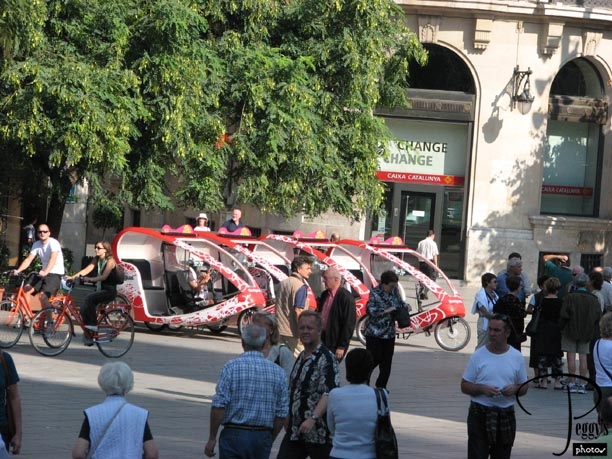
You can rent these vehicles for driving around Barcelona.

At the Cathedral
At the Cathedral
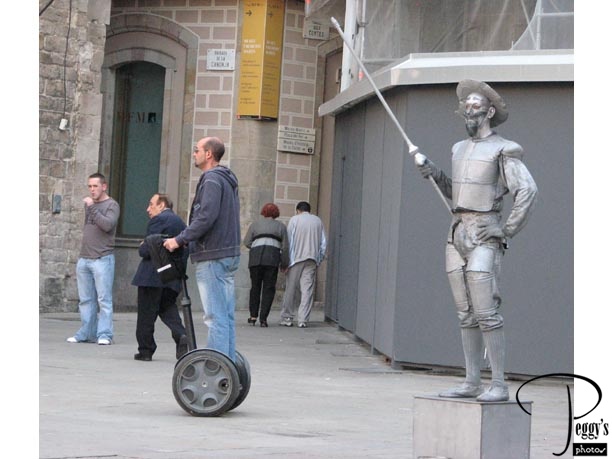
Man on a Segway and Don Quixote.

At the Cathedral
At the Cathedral
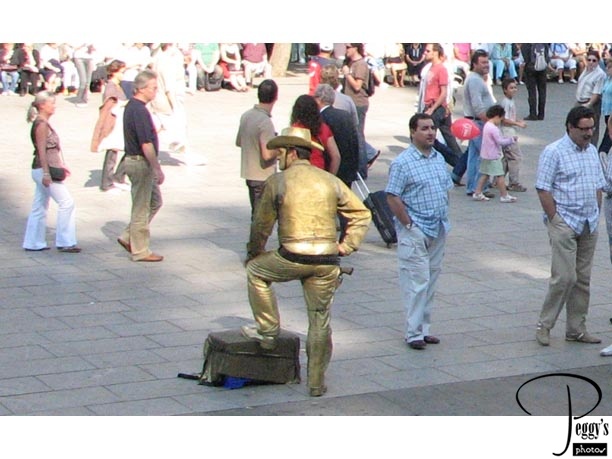
Another cowboy.

At the Cathedral
At the Cathedral
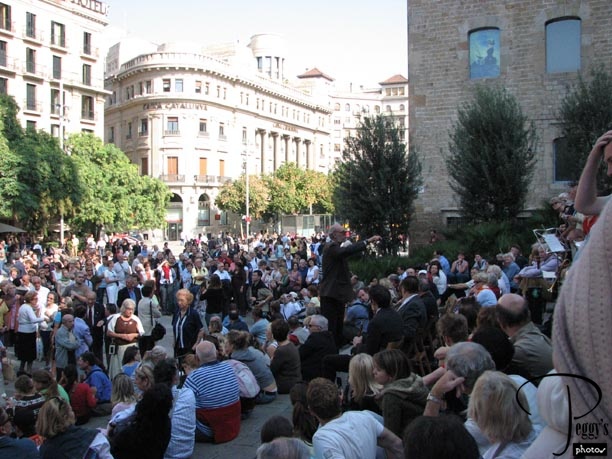
The crowd awaiting the sardana dancing.

At the Cathedral
Sardana Dancers
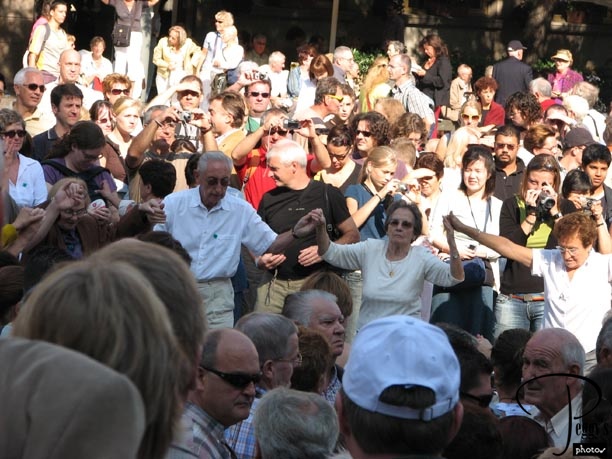
The sardana dancing has begun. This is Catalonia’s national folk dance. Rick Steves’ writes that for some “it is highly symbolic, politically charged action representing Catalan unity” and for others just a lot of fun. Anyone can join in the dancing. Coats, handbags, etc., are all dumped in the center, as “a symbol of community.” I have put three movie clips on this website of the sardana dancers: Go to Movies, Western Europe, Spain, “Sardana Dancers, Barcelona–1, –2, and –3.” The first movie is of the dancers and the band. The second movie is of Merrie joining in the dancing––I think that she did quite well. It took her two tries to get into the group––the first dancers wouldn’t let her in. The third movie clip can serve as a tutorial for you to use to learn the dance steps so that you can join in the dancing, with some expertise, when you visit Barcelona.

Sardana Dancers
Sardana Band
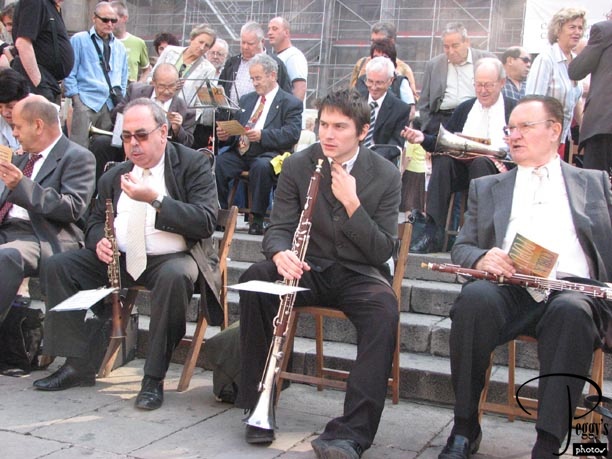
Photo of the sardana band, called the cobla. The sardana dancers were one of many of the highlights on our trip to Barcelona.

Sardana Band
On the Way to the Picasso Museum

The Picasso Museum was a short walk from the cathedral. We passed Mr. Potato Head on our way.

On the Way to the Picasso Museum
On the Way to the Picasso Museum

A building and statue that we also passed.

On the Way to the Picasso Museum
On the Way to the Picasso Museum
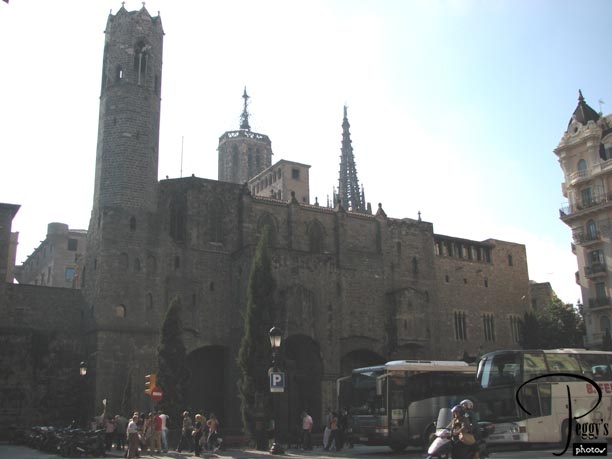
Another side of the Barcelona Cathedral. We did not visit this 14th–century cathedral for lack of time.

On the Way to the Picasso Museum
On the Way to the Picasso Museum
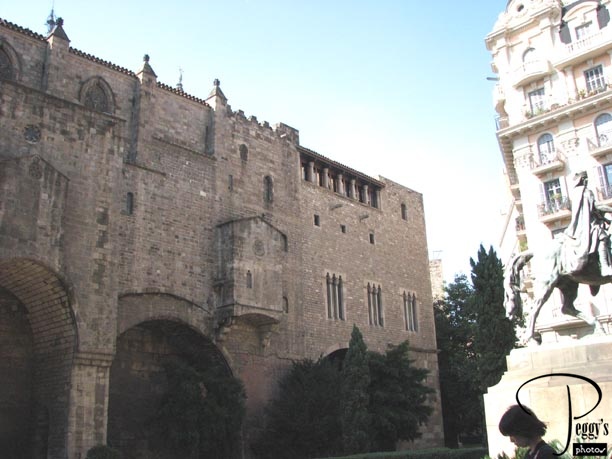
A closer–up view of the Barcelona Cathedral.

On the Way to the Picasso Museum
On the Way to the Picasso Museum
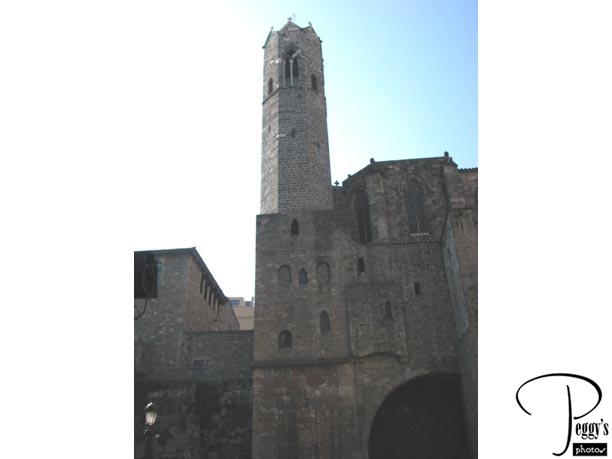
Another close–up view.

On the Way to the Picasso Museum
On the Way to the Picasso Museum
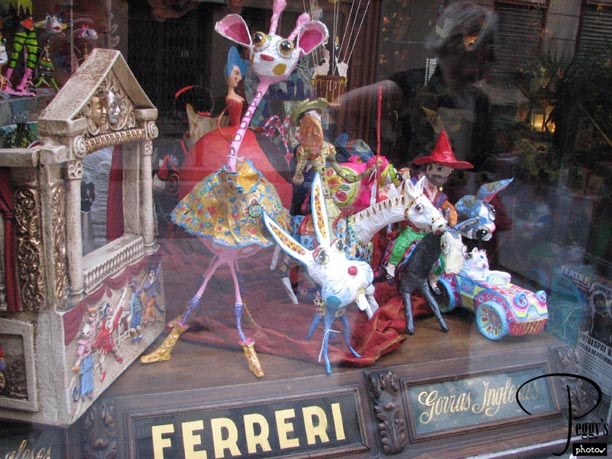
Store window passed on the way.

On the Way to the Picasso Museum
On the Way to the Picasso Museum
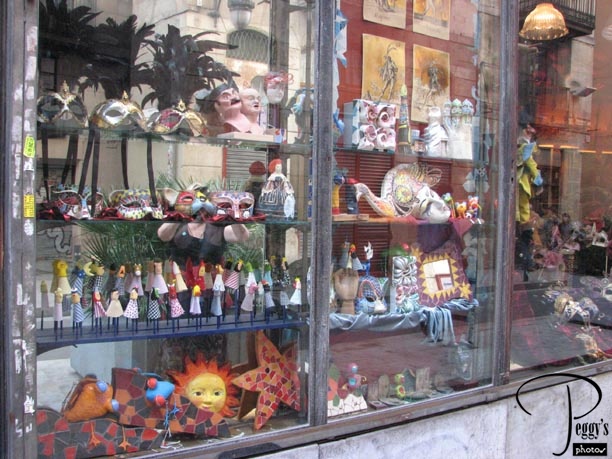
Another store window.

On the Way to the Picasso Museum
On the Way to the Picasso Museum
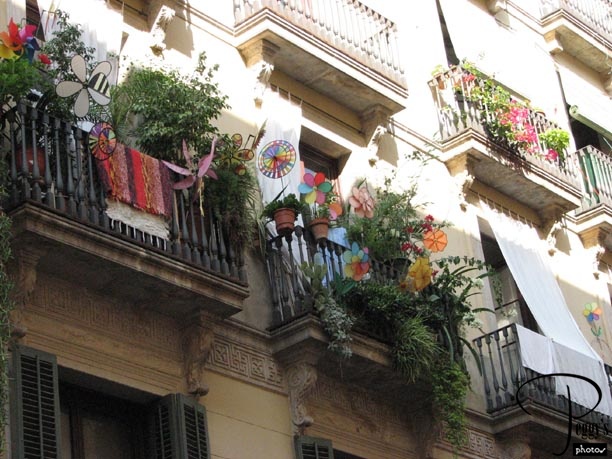
Colorful balconies.

On the Way to the Picasso Museum
On the Way to the Picasso Museum

Close–up of one of the colorful balconies.

On the Way to the Picasso Museum
On the Way to the Picasso Museum
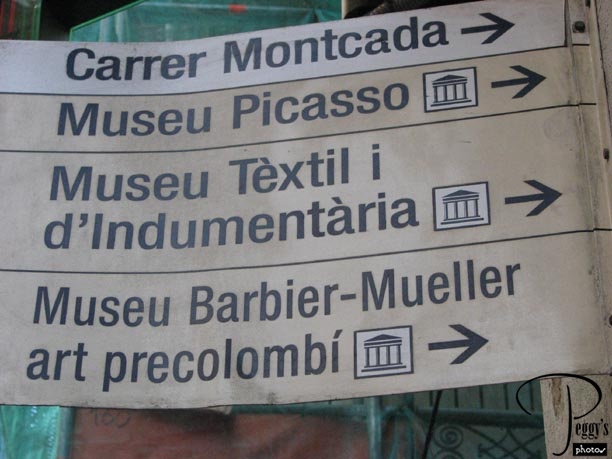
Many museums in Barcelona. We were headed in the right direction.

On the Way to the Picasso Museum
On the Way to the Picasso Museum
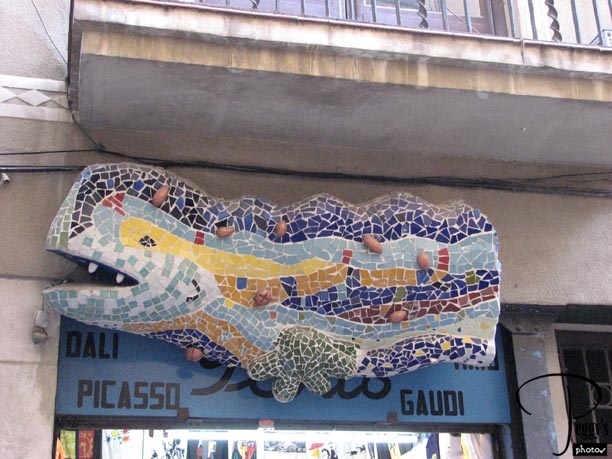
Re–creation of Gaudi’s salamander on store front.

On the Way to the Picasso Museum
On the Way to the Picasso Museum
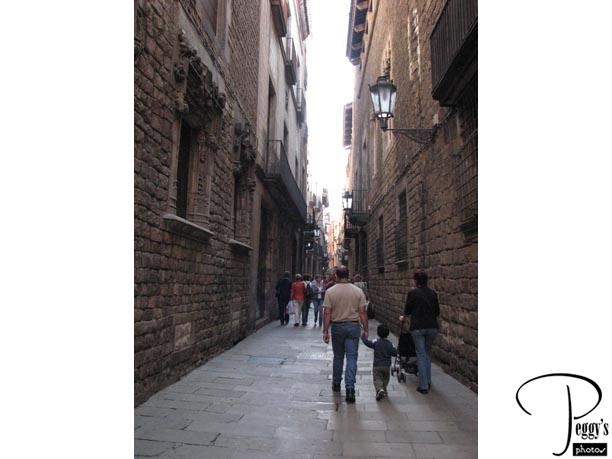
The old street on which the Picasso Museum is located.

On the Way to the Picasso Museum
The Picasso Museum
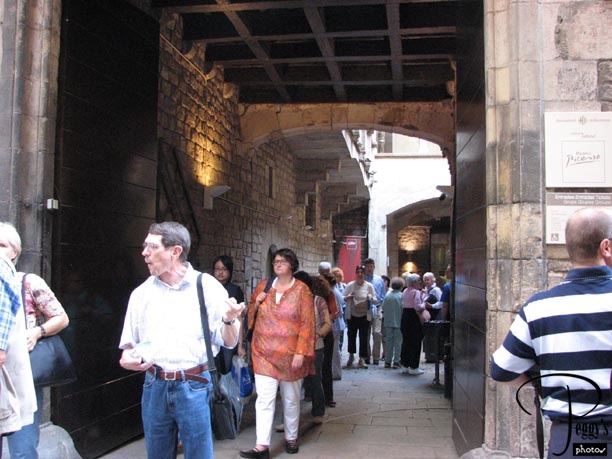
Entrance to the Picasso Museum, which is housed in three medieval palaces. No photos were allowed in the museum. The museum has the best collection of Picasso’s earlier works anywhere––starting from when he was 14 years old and then through his Blue Period and Cubist and Eclectic works.

The Picasso Museum
The Picasso Museum
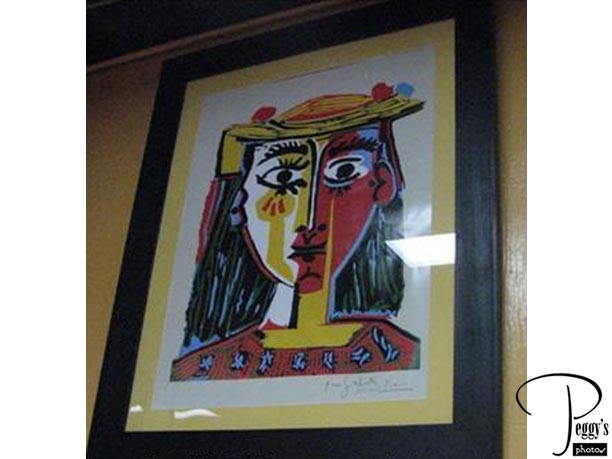
The museum also has a very good gift store. I bought this Picasso poster there. They also sold cardboard holders for posters and I bought three so I could safely take home all the posters that I had bought.

The Picasso Museum
The Picasso Museum
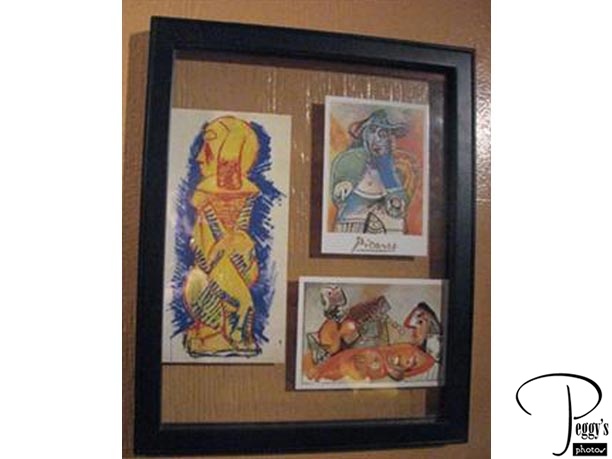
I also bought these postcards of works of Picasso.

The Picasso Museum
To the Hop-on Hop-off Bus
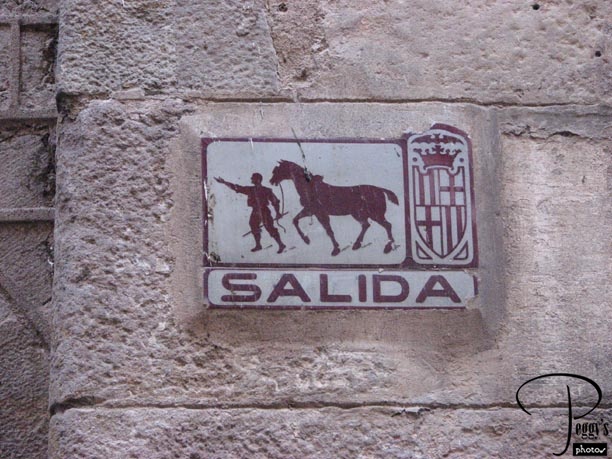
This handy wall tile pointed the way out of the narrow street from the museum. We had bought a two–day ticket yesterday for the Hop–on Hop–off bus and got on it at its stop near the Picasso Museum.

To the Hop-on Hop-off Bus
The Block of Discord
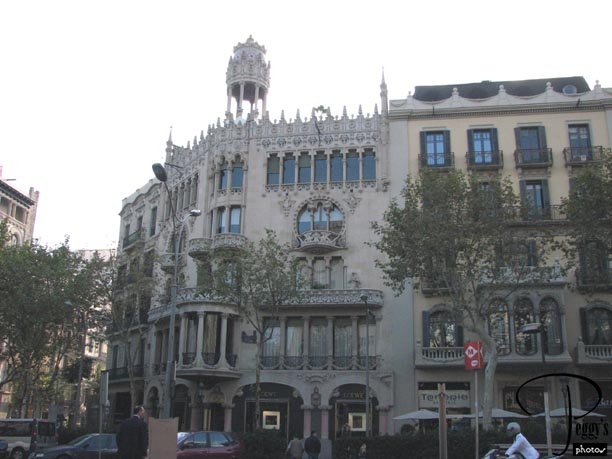
We got off the bus at the Block of Discord. This is the Casa Lleo Morera, its facade is a 1905 remodeling of an existing building. It is the first building on the Block of Discord, a name given to a group of buildings here as their architectural styles are so different from one another.

The Block of Discord
The Block of Discord
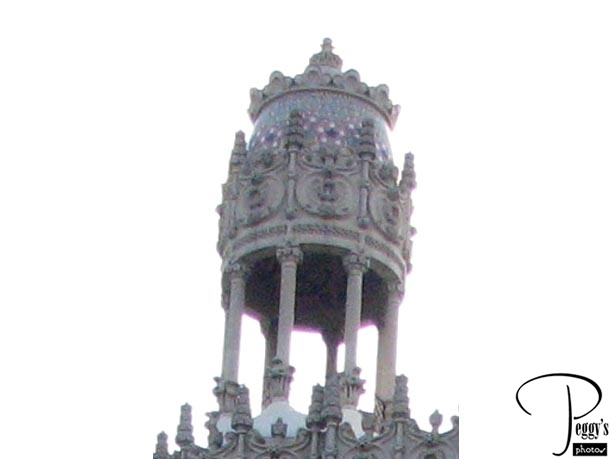
Close–up of the top of the Casa Lleo Morera.

The Block of Discord
The Block of Discord
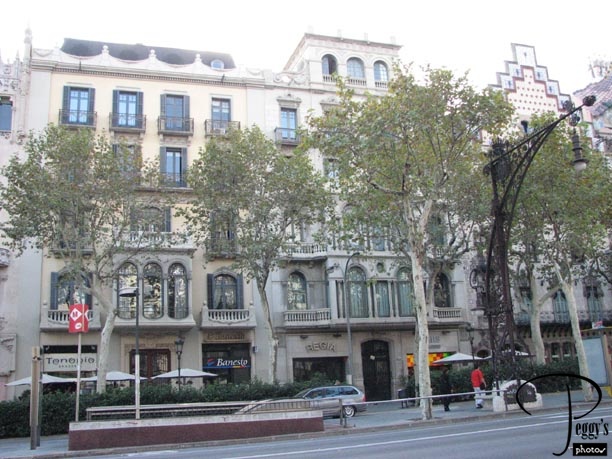
The middle houses on the Block of Discord.

The Block of Discord
The Block of Discord
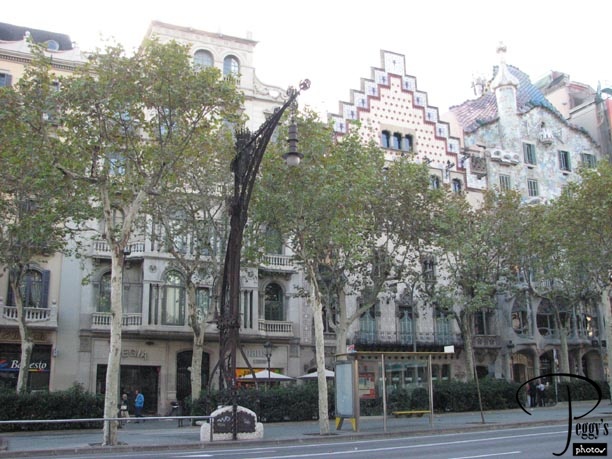
Farther to the right.

The Block of Discord
The Block of Discord
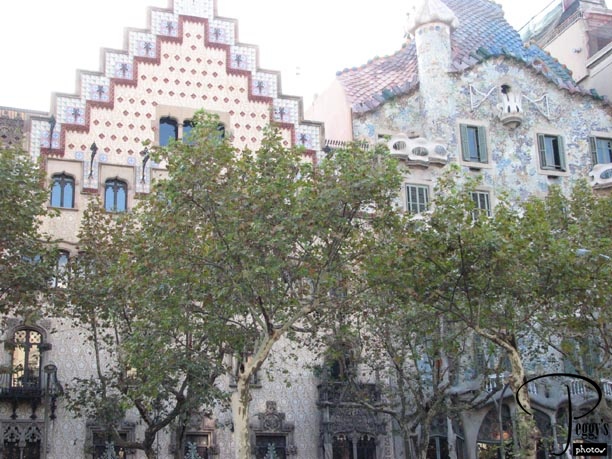
Close–up of, on the left, the Casa Amatller and, on the right, Gaudi’s Casa Batllo.

The Block of Discord
The Block of Discord
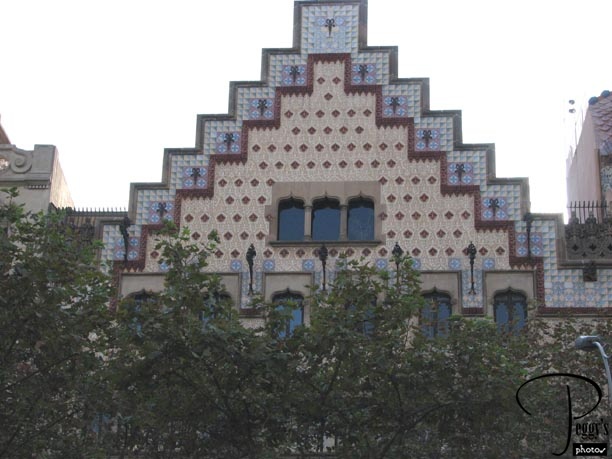
Closer–up of the Casa Amatller. The architect of this late 19th–century Moorish– and Gothic–inspired step gable, as seen in the Netherlands, was Josep Puig i Cadafalch. You can visit inside if you have the time.

The Block of Discord
The Block of Discord
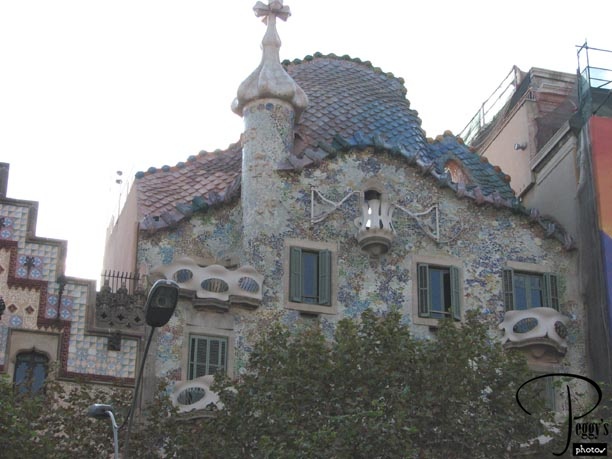
Close–up of Gaudi’s late 19th–century Casa Batllo. The theme of the building is from the St. George and the Dragon legend. The tile roof crests like a dragon’s back and the balconies represent skulls. You can also visit it if you have the time.

The Block of Discord
The Block of Discord
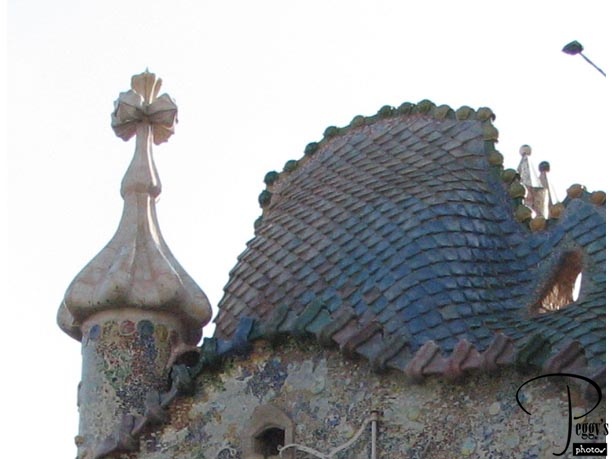
Close–up of the roof of the Casa Batllo.

The Block of Discord
The Block of Discord
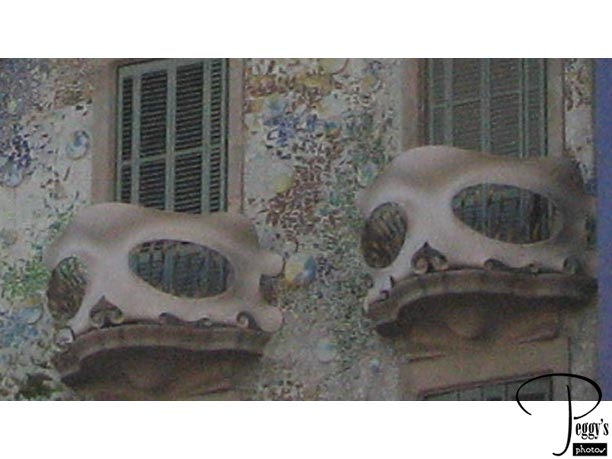
Close–up of the skull balconies.

The Block of Discord
The Block of Discord
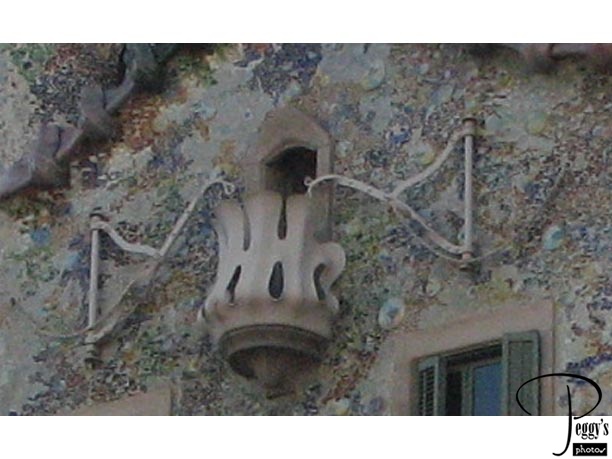
Close–up of the front of the Casa Batllo.

The Block of Discord
The Block of Discord
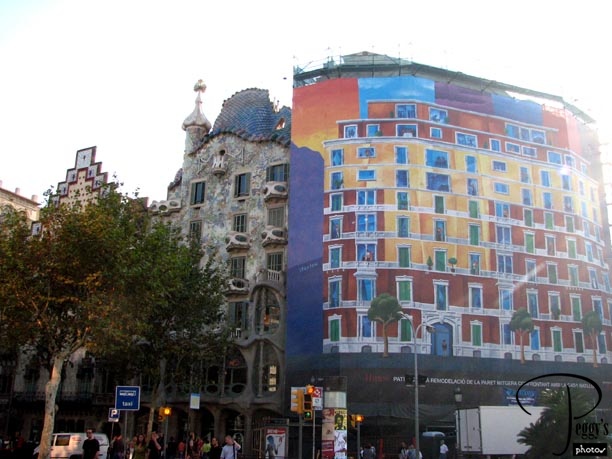
The end of the Block of Discord with a fancy covering for a building under construction.

The Block of Discord
The Block of Discord
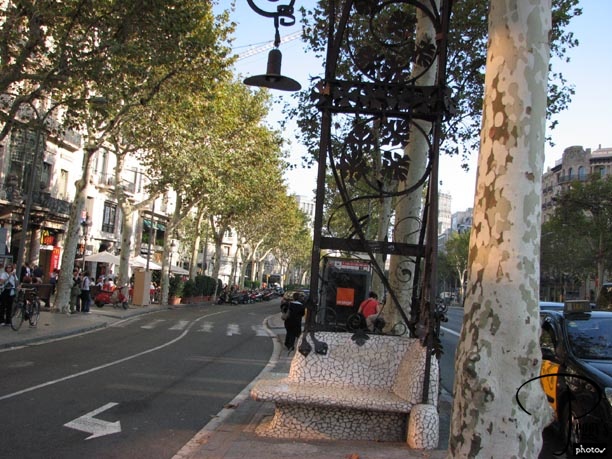
Crossing the street from the Block of Discord. The photo shows a Gaudi–inspired bench. There is a very good tapis bar on this corner of Carrer d’Arago and Passeig de Gracia. We only had coffee there but viewed the tapis plates displayed inside. They were done up so beautifully that I thought at first they were elegant pastries.

The Block of Discord
L’Eixample
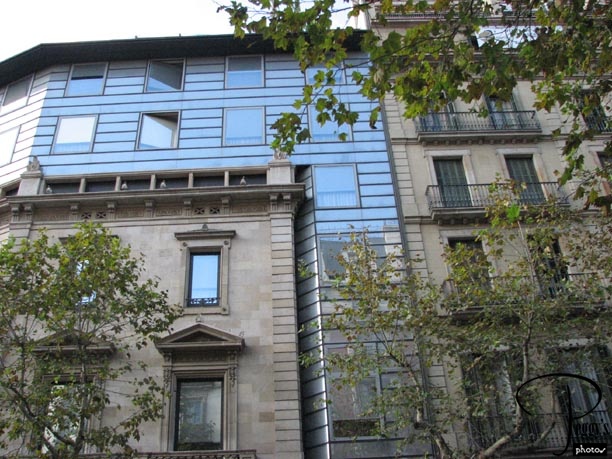
The Casa Mila, our next stop, is just a few blocks up the street, on the opposite side, from the Block of Discord, so it is a street with many tourists walking on it. There are also many pickpockets here––it looked like it was crawling with them. To avoid the pickpockets, you can reach the Casa Mila by walking there on the back streets, which we did. To do so was on our walking agenda anyway as one of my maps pointed out several buildings in this area not to miss––it is a collection of new and old buildings juxaposed. This photo shows an old combination of the new and the old.

L’Eixample
L’Eixample
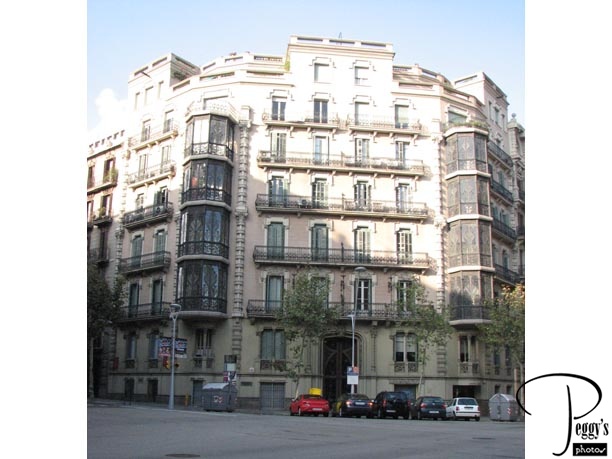
L’Eixample is the “new” section of Barcelona, however, “new” meaning just not as old as the Barri Gothic. There are many lovely buildings in this area.

L’Eixample
L’Eixample
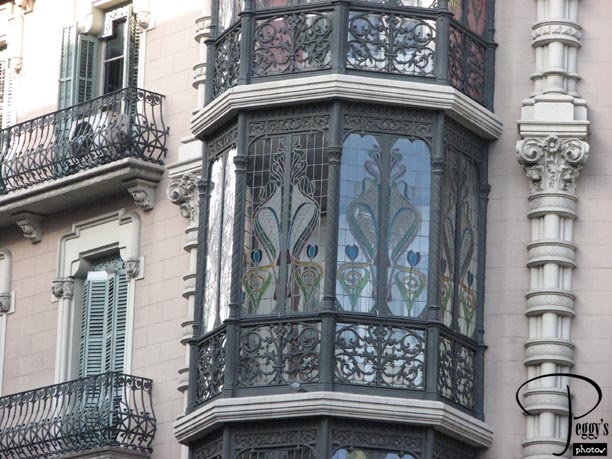
Close–up of windows in the building.

L’Eixample
L’Eixample
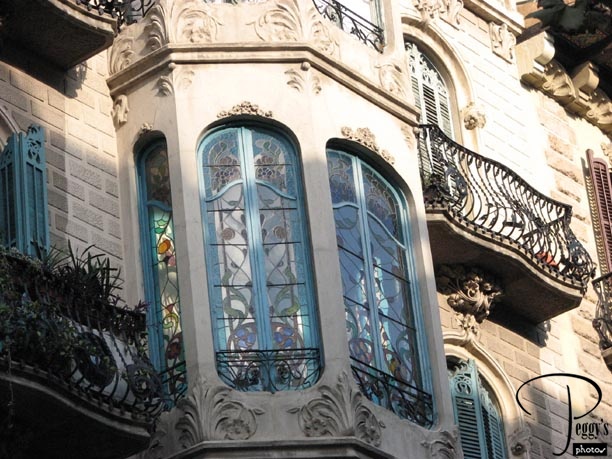
Close–up of more windows in the building.

L’Eixample
L’Eixample

Another building.

L’Eixample
L’Eixample
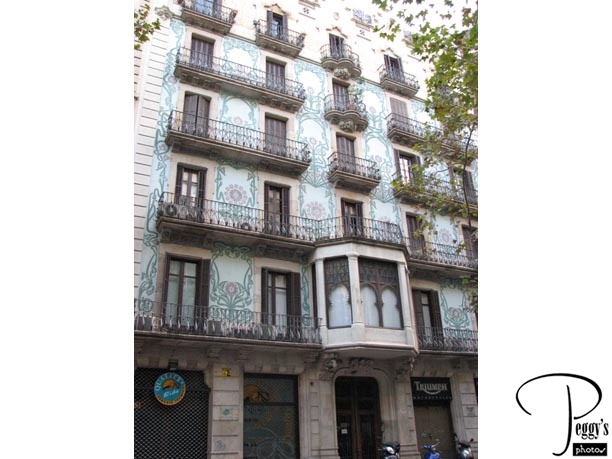
Another building.

L’Eixample
L’Eixample
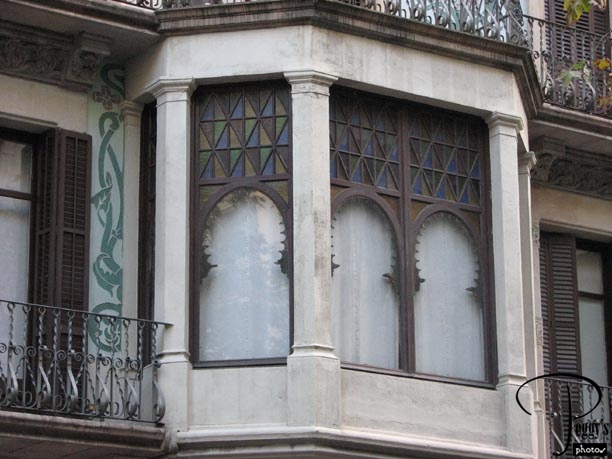
Close–up of windows in the building.

L’Eixample
L’Eixample

Close–up of wall of the building.

L’Eixample
L’Eixample
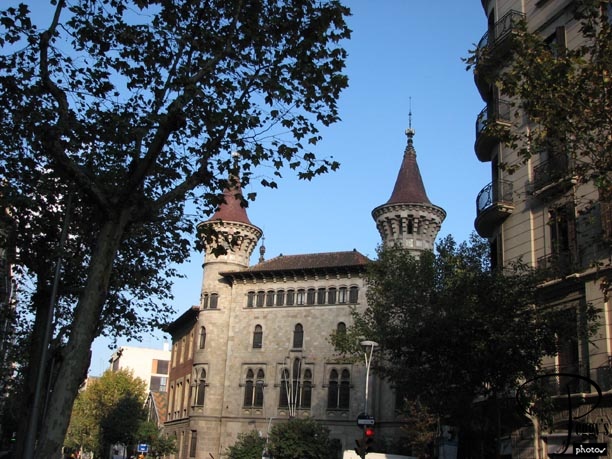
Casa Terrades (1905).

L’Eixample
L’Eixample
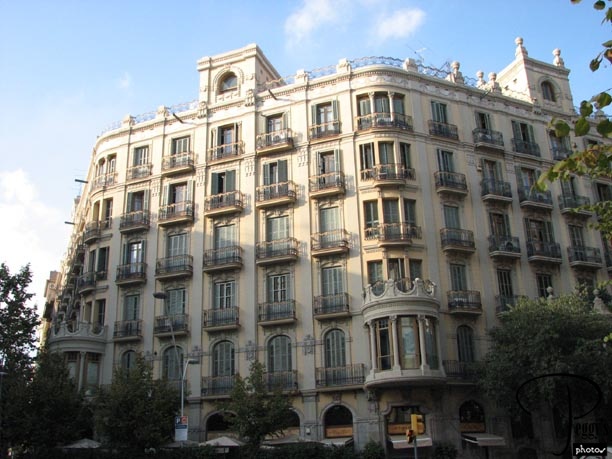
Another building.

L’Eixample
L’Eixample
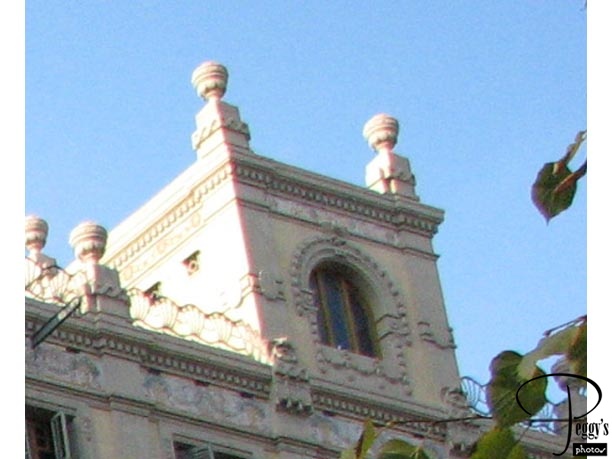
Close–up of top of the building.

L’Eixample
Casa Mila
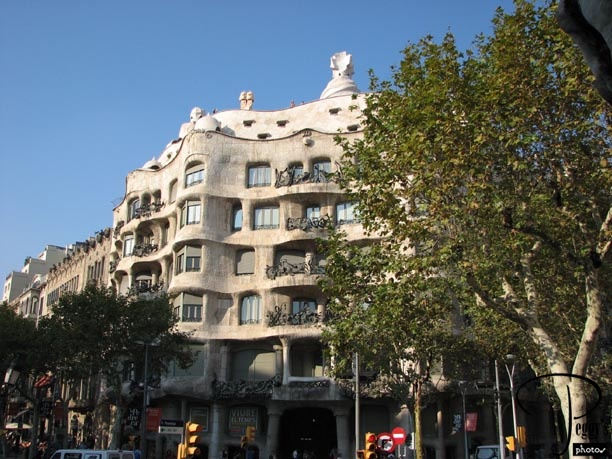
We found the street leading back to the Casa Mila. The Casa Mila was built by Gaudi in 1906–1910 as an apartment complex. It is also known as La Pedrera, which means a stone quarry. Note the structures on the top of the building. Merrie and I decided to join the people we saw on the roof next to the structures. This was great fun except that I have a fear of heights. I had to make sure that I held onto whatever I could find up there. After walking carefully around the roof––going up stairs, then down stairs, then up again, etc.––we went to view one of the apartments in the Casa Mila, which was decorated in early 1900s style. I have put the photos that I took of the tour of Casa Mila on a slide show on this website: Go to Slide Shows, Western Europe, Spain–1, “Barcelona: Gaudi’s Casa Mila.”

Casa Mila
Hop-on Hop-off Bus
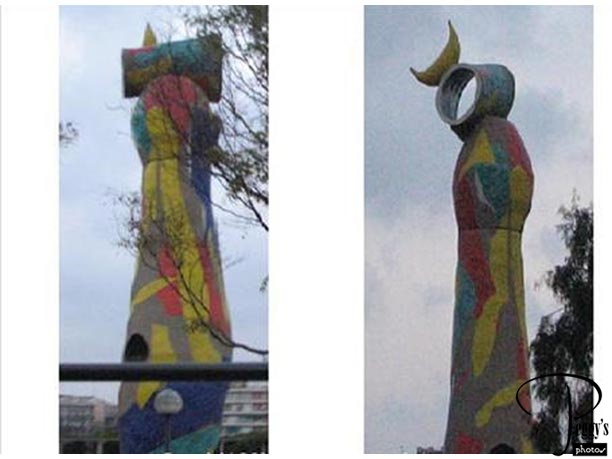
After visiting the Casa Mila, we got back on the Hop–on Hop–off bus to go back to the area of our hotel. We passed the Parc de Joan Miro on the way. Photos of two views of Miro’s Dona i Ocell (Woman and Bird, 1983).

Hop-on Hop-off Bus
Hop-on Hop-off Bus
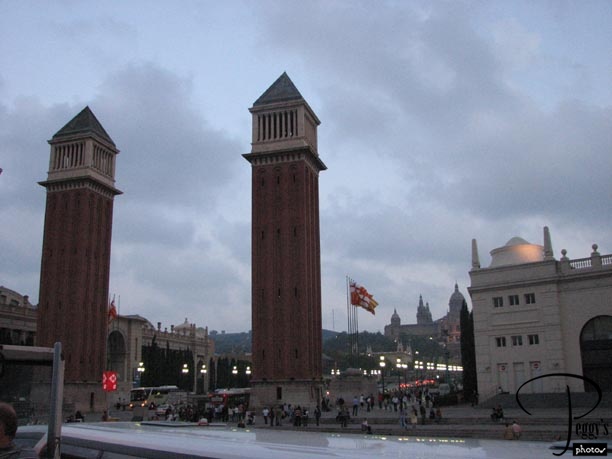
Placa Espanya. We came back here the next day for better photos.

Hop-on Hop-off Bus
Hop-on Hop-off Bus
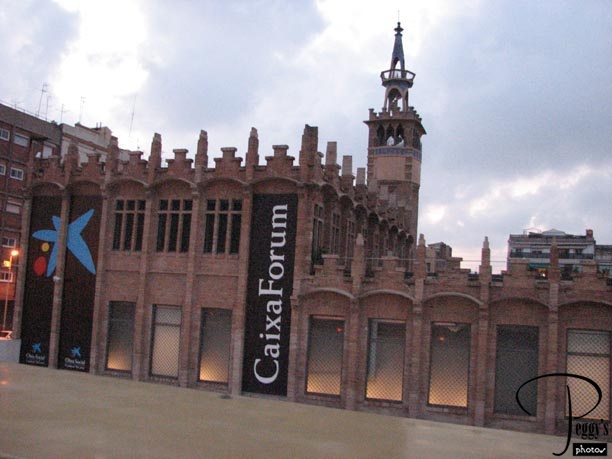
An interesting Moorish building.

Hop-on Hop-off Bus
Hop-on Hop-off Bus
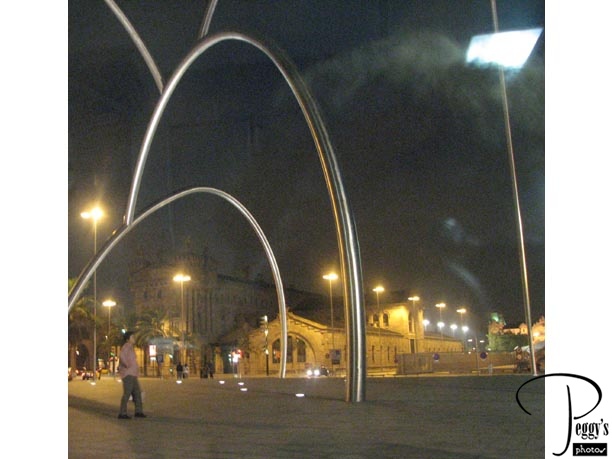
It was already dark. We were not sure where we wanted to get off the bus. The closest stop to our hotel was at the Columbus statue, but every book on Barcelona will tell you that the section of the Las Ramblas from the Columbus statue to almost our hotel is not safe to walk at night. We decided to see what it looked like when we arrived there. We saw it full of tourists and so we got off and had no trouble walking up Las Ramblas. We ate right on Las Ramblas at a very good restaurant that our hotel had recommended. Before returning to our hotel, I saw an easy.com Internet cafe and we took a detour so we could e–mail our families. There was a sign in the cafe that said, more or less, you were on your own to figure out how to use their computers. I did finally figure it out but only after the computer rebooted itself several times before I clicked the right thing on the screen. Hint, if you find yourself in this cafe: just click on the first Spanish choice and don’t even try the English (British flag) instructions. Photo: More public art on the waterfront.
